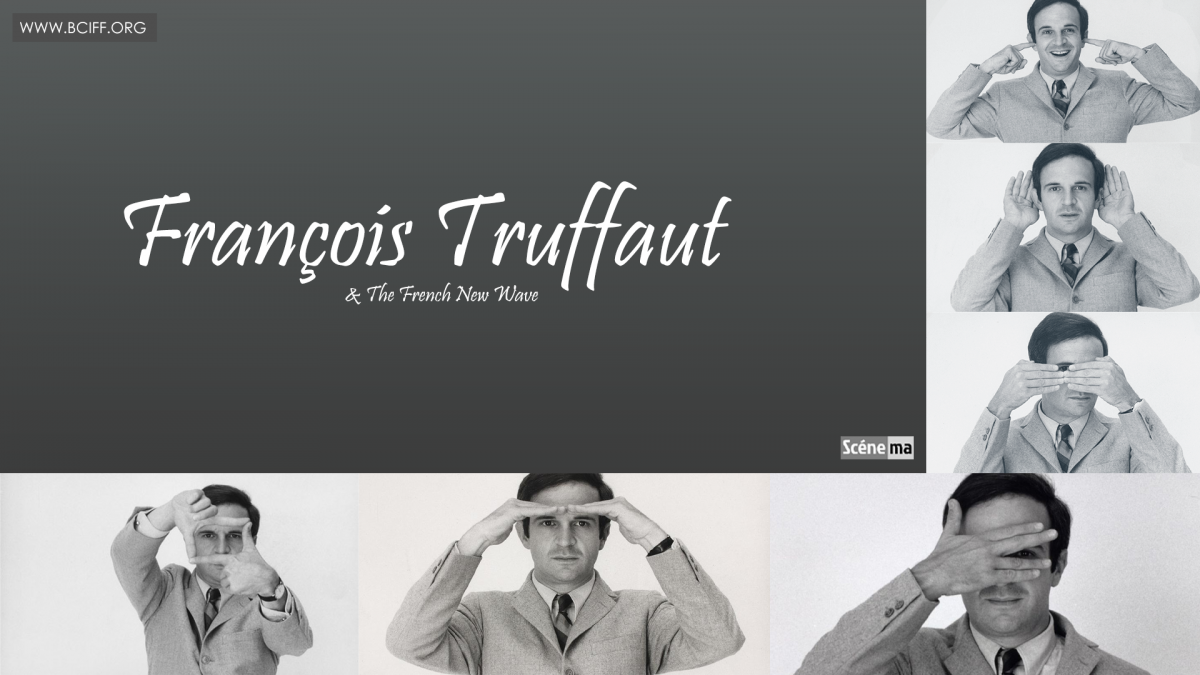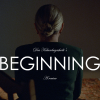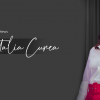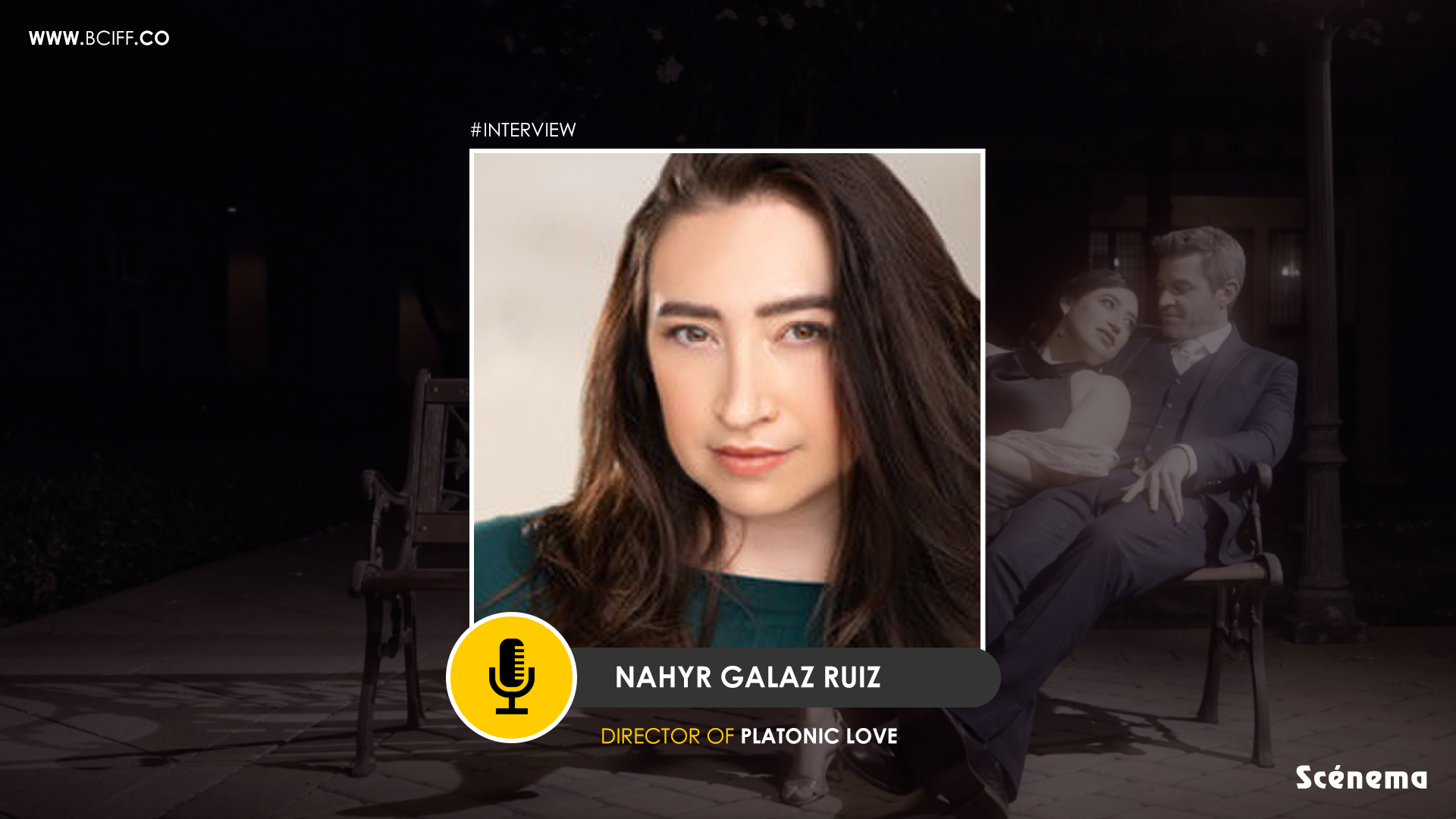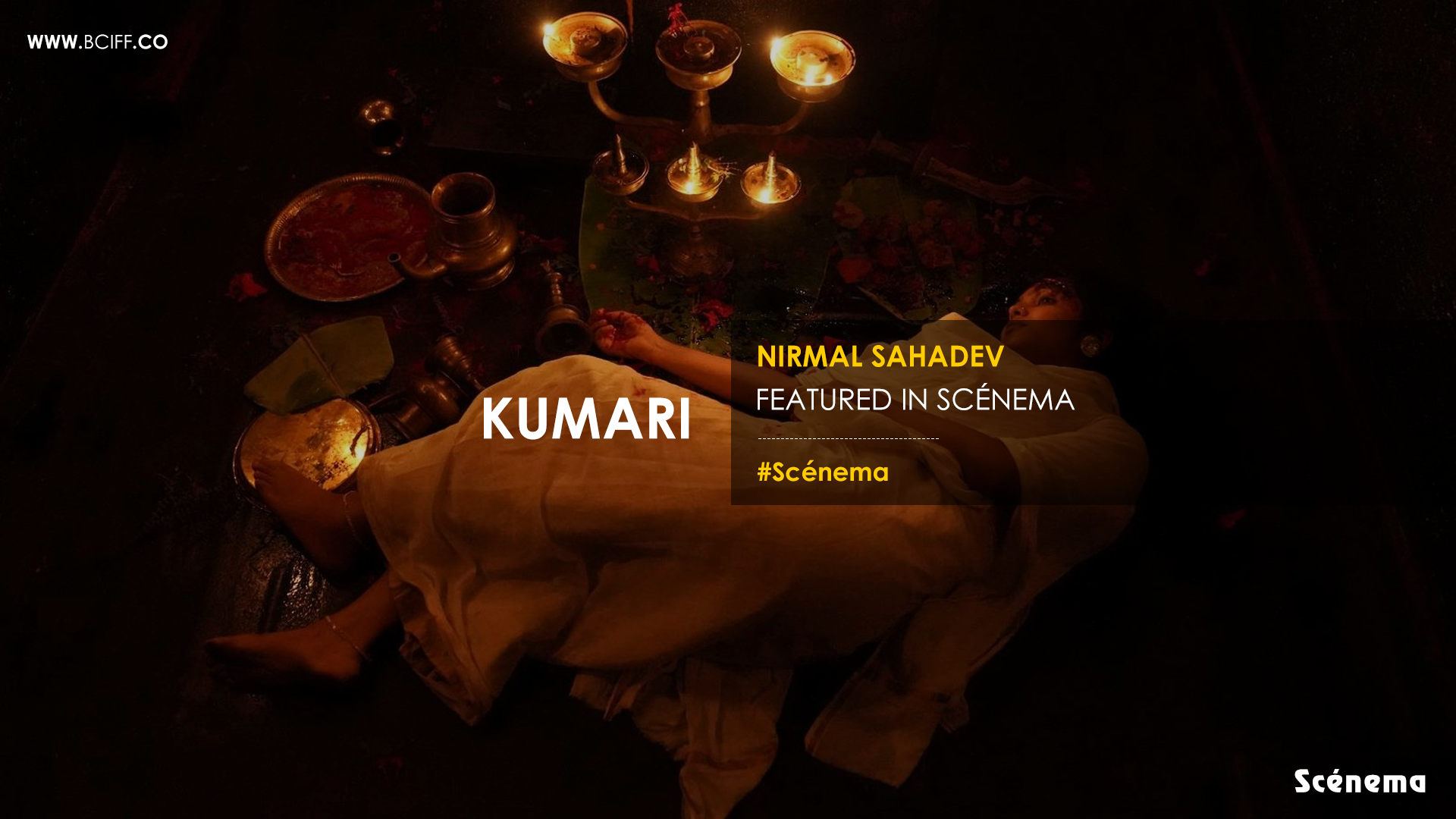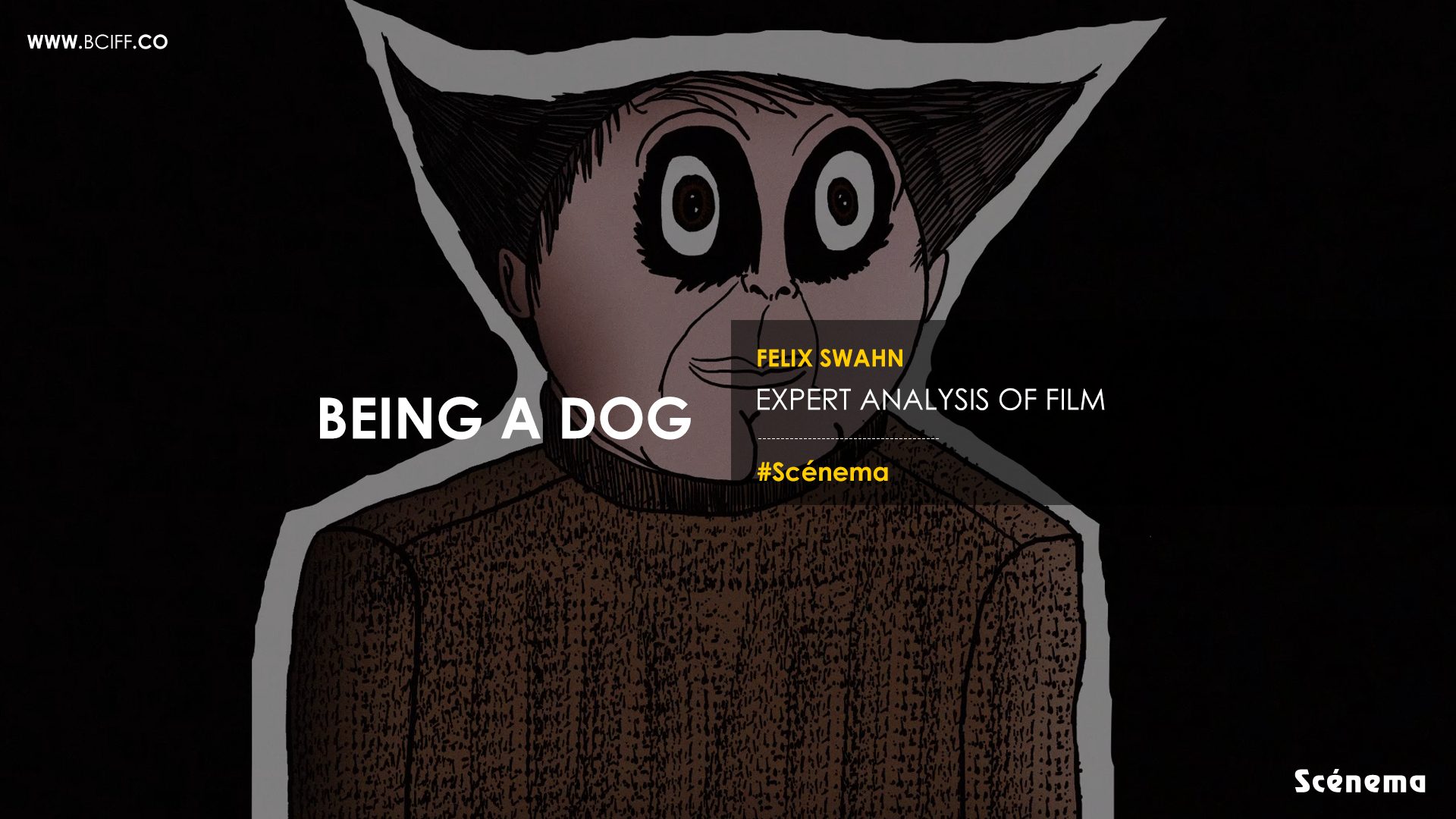Nouvelle vague, the two words, themselves being the cinematic form of revolution, drew the canvas of post war France in its most naked form. To translate the French words, Nouvelle vague into english – “New Wave” indicates the art world revolution by a group of film critics from Paris rejecting traditional Hollywood style filmmaking overall. Standing in 2021, even after 6 decades (almost), French new wave is still considered to be the most influential movement in the cinema world that turned the concepts of filmmaking upside down, first in Europe, then across the world.
From where did it emerge?
It is always fascinating to imagine the colors of 50’s Paris streets and artists crossing each other’s path with a cigar on, no? Then why not picture a club where a group of film critics arrived in the evening to give birth to a revolution like Nouvelle vague while countering their cigarettes? It was exactly like that! Being bored with perpetual Hollywood mainstreams, having their artistic intelligence hurt, the members of a film magazine called Cahiers du Cinema, called for a jerk in the world of filmmaking.
The movement followed 1940s Italian neo realism and how it wanted to give birth to a new world for intellectual films. Exposing post war France, being economically shattered and reconstructing under the United States, the cinema legends called for a rejection of Hollywood style, which was almost equivalent to withdrawing from the Marshall plan. Having the film embargo lifted from France after the 2nd World War, the film fanatics were looking for something new over filmmakers like Hitchcock and Orson Welles. And when they could not find the neo, they created some masterpiece themselves.
What makes it different from other movements?
The first and foremost specialty about the French New Wave is – Shoestring budget. Unlike the Hollywood giants, the French film fanatics, surviving in a fallen socio – economic timeline, started making films with the minimum budget possible. The term went even more famous when a director like Francois Truffaut recorded scenes by carrying his camera while riding a bicycle. The budget used to be really low while the films used to directly hit in the face of social mainstream-ism.

Another big blow was the turnover in the editing style making Jump cuts a specialization of the movement. Rejecting the Hollywood pattern of linear editing, they opted to fragmentation and skippings that made the film intellectually beautiful. The best part about jump cuts is less continuity of shooting and thus generating Montage style editing.
Location shooting and live sound recording kept the rawness of the movement intact while also giving reality hits to the audience. Overall, French New Wave attempted to uncover the reality of post war France and boycott the glossy fake Hollywood content and it is never enough to describe how much it achieved.
Bridging it with Francois Truffaut’s contribution – Jules and Jim (1962)
Walking the streets of a restructuring weak France, Mr. Truffaut met with a local shop, where, by turning the pages of a novel he gifted mankind a creation that they haven’t seen anything like before. Jules and Jim is one of the milestones of the French New Wave that is still appreciated by the worldwide youth and has received classic admiration from directors like Tarantino and Scorsese.

Jules and Jim is directly adopted from a semi-autobiographical novel by Henri-Pierre Roche where he talks about his youth where he is friends with a crazy woman and another novelist, three of them making a love triangle with a sustainable friendship. It uncovers the crazy side of romanticism and reaches some deliberate discomfort at some point to its audience. Being a french New Wave film it has been appreciated for its mesmerizing camera shots and framing while also receiving awards for extraordinary jump cuts and perfect background scores.
It records the late 50s cafes and streets of France while stretching from obsolete cottages in the wood to the then literature world (referring to Shakespeare many times). Francois Truffaut has managed to give it a best shot with the most unpredictable conclusion giving his audience a jaw breaking shock!

From The 400 Blows to Shoot the Piano Player and Jules and Jim, Mr. Truffaut has made the revolution successful by breaking the mainstream approach scene to scene. His Avant Garde direction was, is and will be a gift to the cinema world even after a hundred year!

